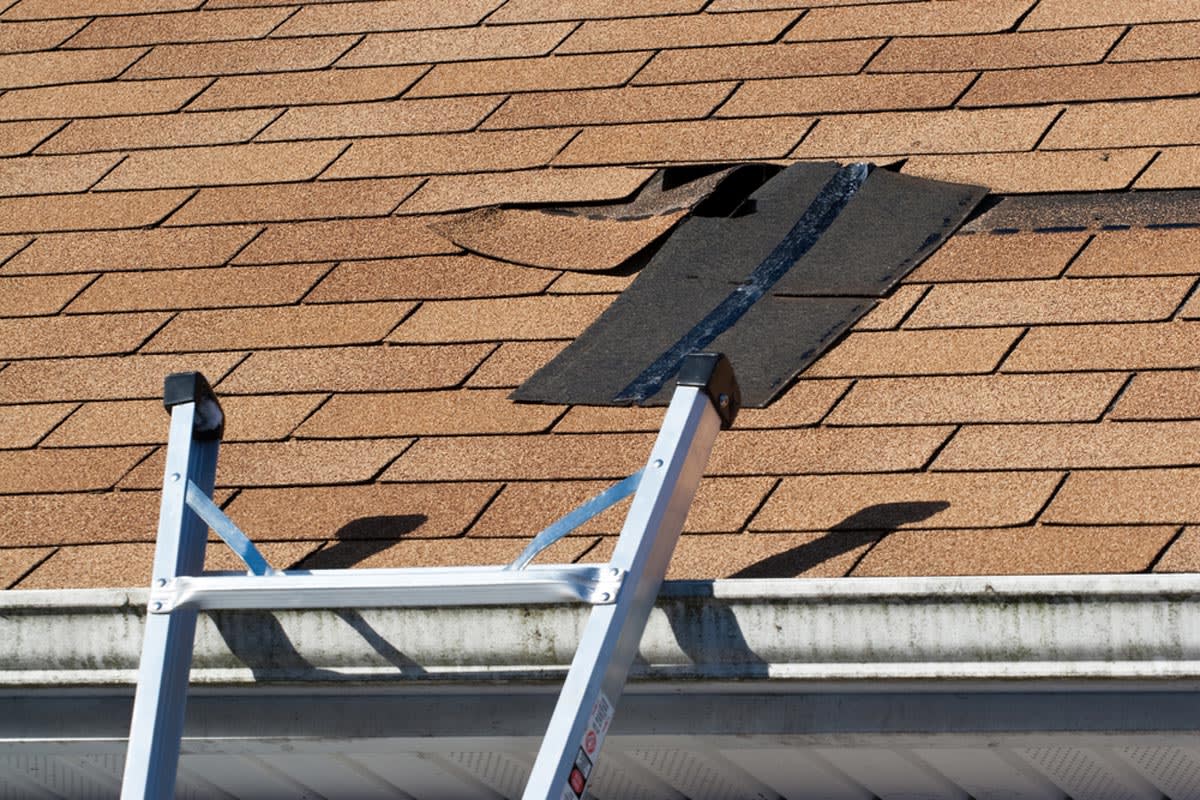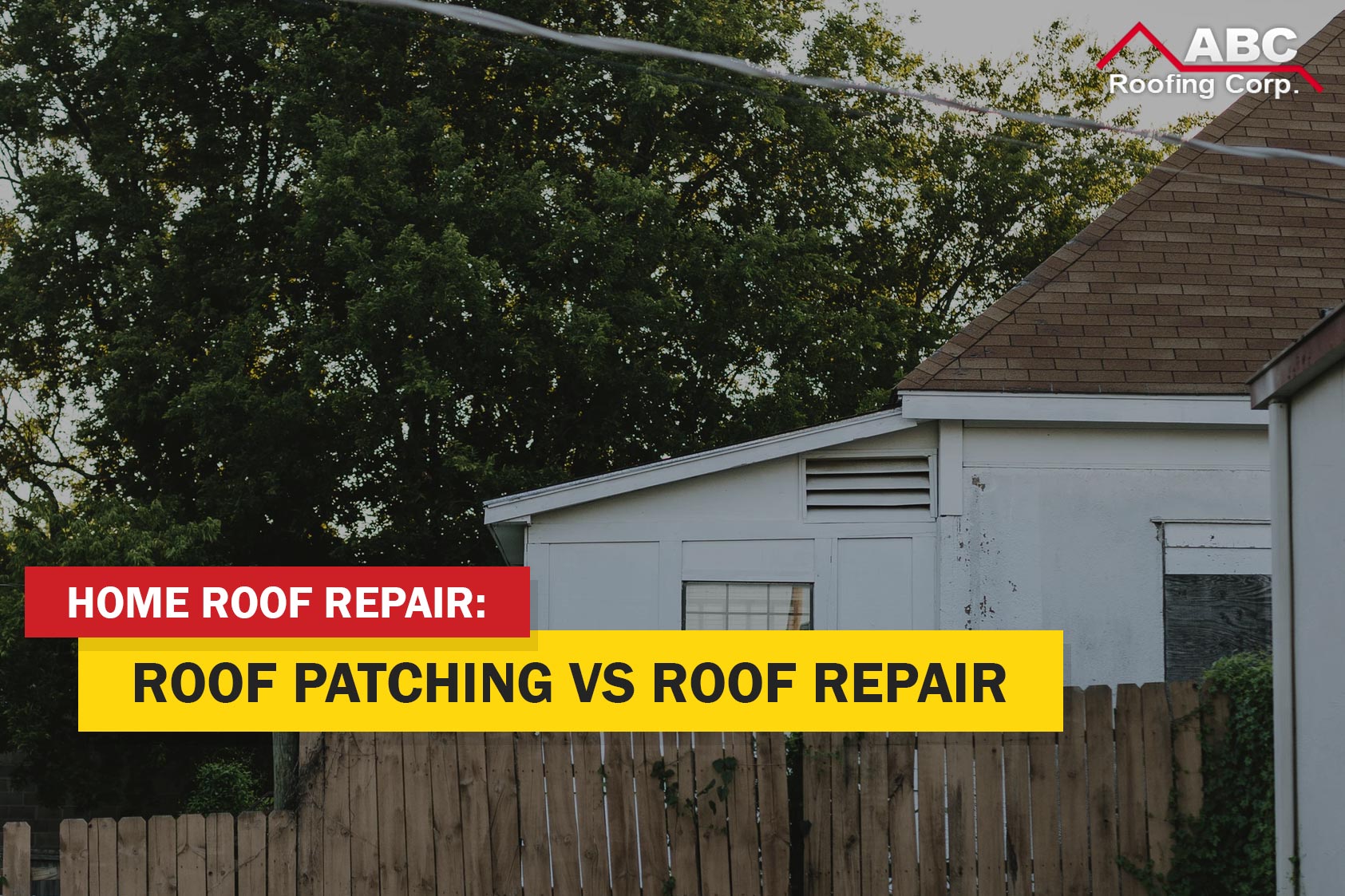A House owner's Guide to Kind of Roofs: Selecting the Right Design for Your Needs

Popular Roofing Styles
When it comes to selecting a roof covering style, homeowners commonly weigh their choices carefully to guarantee both visual appeal and performance. Among one of the most preferred styles are the gable, hip, and flat roof coverings, each offering aesthetic attributes and distinctive benefits.
Saddleback roofs, defined by their triangular shape, are favored for their basic layout and efficient water drainage. This style is especially fit for regions with heavy rainfall or snow, as it minimizes the risk of water merging.
Hip roofings, which incline on all 4 sides, provide additional stability and longevity, making them an exceptional option for areas prone to high winds. Their architectural complexity permits better design flexibility and can boost the total curb appeal of a home.
Flat roofs supply a modern-day aesthetic and make the most of functional outside space, making them preferred for urban settings. While they require more maintenance to stop water build-up, their smooth appearance can enhance modern architecture.
Eventually, the option of roofing style need to show the property owner's personal taste while considering factors such as regional climate, architectural design, and prospective resale value. Each design contributes uniquely to a home's overall character and performance.

Material Options
Choosing the proper roof product is just as crucial as choosing the appropriate style, as it considerably affects the roof's resilience, maintenance requirements, and total visual. roofers oahu. Property owners have a range of choices to take into consideration, each with special advantages and downsides


Metal roofing gives outstanding durability and durability, typically surpassing 50 years, while also being resistant and lightweight to fire and rot. Steel roofings can be much more expensive upfront.
Clay and concrete ceramic tiles use a timeless appearance and impressive lifespan yet need a durable structure due to their weight. These products are immune and very resilient to extreme weather problems. Wood trembles supply a rustic visual yet demand routine maintenance to protect against rot and bug damage.
Lastly, synthetic roof covering products, such as rubber or plastic composites, resemble the appearance of typical materials while being light-weight and low-maintenance. Inevitably, the selection of roof covering product need to line up with the house owner's spending plan, wanted lifespan, and upkeep choices, making certain a suitable suit for their certain demands.
Energy Performance Factors To Consider
Energy performance plays a crucial duty in the total efficiency of a roof, impacting both environmental sustainability and house owner energy expenses. When picking a roof covering, it is necessary to consider products and styles that enhance energy efficiency. For instance, reflective roof materials, usually described as "awesome roofings," can dramatically lower warm absorption, lowering interior temperatures and reducing the demand for air conditioning.
Additionally, the roofing's shade and incline can affect its power efficiency. Lighter shades usually show a lot more sunlight, while steeply pitched roofings help with much better air movement, decreasing warmth buildup - roofers oahu. Insulation also plays an important function; a well-insulated roofing can avoid warmth loss in wintertime and keep interiors cooler in summer, therefore enhancing power savings
Additionally, incorporating energy-efficient roof covering choices with solar panels can even more minimize power expenses and reliance on nonrenewable resources. House owners should also consider local climate conditions when picking roofing products and styles, as these aspects straight affect power usage.
Upkeep Requirements
The longevity and efficiency of a roofing system are dramatically influenced by the maintenance needs connected with its style and materials. Different roof types necessitate differing levels of upkeep, which can affect both the home owner's time and budget.
Asphalt shingles, as an example, typically call for annual evaluations to look for deterioration, consisting of cracked or missing out on shingles. Routine cleaning of gutters is important to prevent water damage and lengthen the roof covering's life expectancy. Steel roofs, while resilient, still need routine checks for corrosion and sealer honesty. These roofing systems also gain from cleaning up to preserve aesthetic appeal and capability.
Tile roofing systems, recognized for their longevity, demand less constant maintenance but require careful assessment and replacement of harmed ceramic tiles. Flat roof coverings, although providing modern appearances, often need more focus; they need routine inspection for pooling water and debris removal to avoid leaks.
Ultimately, understanding the maintenance requirements connected with various roof designs makes it possible for homeowners to make educated decisions, making sure the picked roof straightens with their way of living and dedication to upkeep. Focusing on upkeep will certainly improve the roof covering's performance and extend its solution life, offering comfort for several years ahead.
Effect On Resale Value
When taking into consideration a brand-new roofing design, home owners ought to acknowledge that the choice can significantly influence the home's resale value. An appropriate roofing system not only boosts curb allure yet likewise signals to possible buyers that the home is well-kept and structurally audio. Different roof materials and styles carry varying degrees of worth in the realty market.
As an example, asphalt tiles are prominent find out here as a result of their price and large range of shades, commonly interesting budget-conscious customers. Conversely, a steel roof covering, while extra pricey upfront, offers long life and energy efficiency, which can attract customers seeking reduced maintenance and sustainability. Furthermore, one-of-a-kind styles such as slate or floor tile can include a touch of deluxe, potentially boosting the residential property's value in high end markets.
Regional preferences also play a crucial duty; homes in areas with heavy snowfall might gain from steeply pitched roof coverings, while seaside areas could favor sturdy materials immune to deep sea deterioration (roofers oahu). Eventually, property owners need to think about both aesthetic appeal and useful advantages when picking a roofing. A thoughtful choice guarantees that the investment not just fulfills individual requirements but additionally boosts the residential property's marketability and resale possibility
Conclusion
In verdict, choosing the ideal roofing style demands a mindful examination of different aspects, consisting of neighborhood climate, building design, official statement and maintenance needs. Each roof alternative, whether it be gable, hip, or level, possesses unique advantages and disadvantages that influence power effectiveness and prospective resale value. Inevitably, an educated choice pertaining to roof option can improve the aesthetic allure, functionality, and long life of a home, ensuring it remains a valuable asset for years ahead.
Choosing the appropriate roofing design for your home is a crucial choice that can considerably influence both aesthetics and performance. While gable roofs stand out in water drain, hip roofs might provide higher durability versus wind.When considering a new roof covering style, house owners should acknowledge that the choice can significantly influence the property's resale value. Ultimately, homeowners must take into consideration both visual charm and useful advantages when selecting a get redirected here roofing system.In verdict, choosing the proper roofing design necessitates a cautious analysis of different factors, consisting of local environment, architectural design, and upkeep needs.